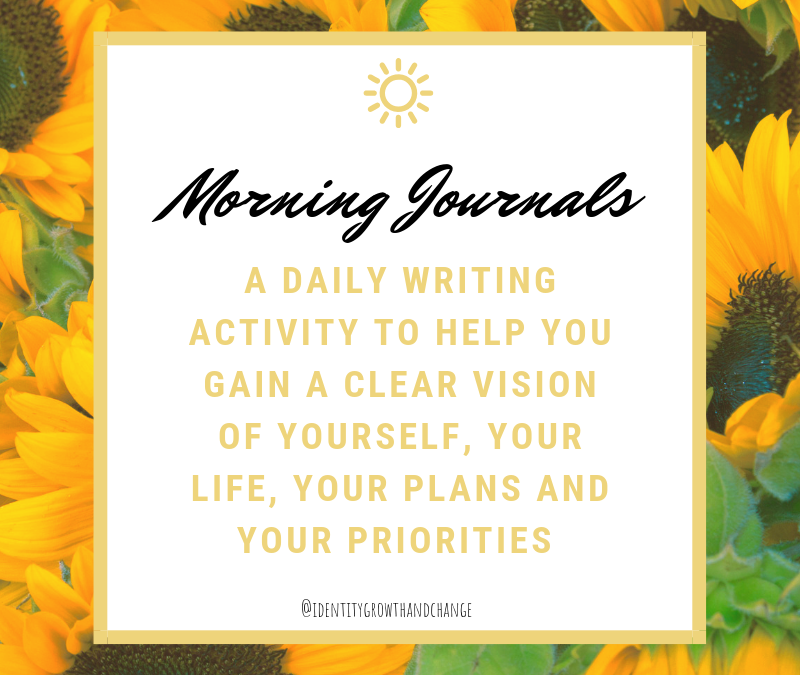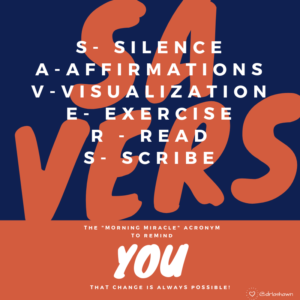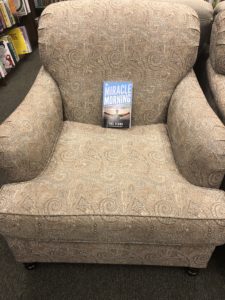
Journaling the Junk Away…
If you find yourself struggling with emotions that feel paralyzing and limiting (or getting close to it!) to your ability to function on a daily basis, you may benefit from a journaling method that consists of a good ol’ healthy brain dump. No theme. No prompt. No order or structure. Just dumping the words in your brain onto paper.
Why?
Well, as I’ve learned more about how our bodies understand and hold on to energy, I’ve started to approach thoughts like tiny particles of energy and if they build up and build up in my head (or other places in my body) they start to cause pressure. I don’t know about you, but some of my thoughts contribute to some of my most annoying headaches. So what do I do with other things that build up and cause clutter or pressure? I decide how long I can tolerate it and then when I can’t, I start moving the junk.
That may mean moving the junk “out of sight, out of mind” or it may mean sorting through it and putting it into functional piles or it may mean throwing everything into garbage bags and hauling it to the street for garbage day.
Whatever the final method, it all starts with a brain dump.
One of the best brain dumps I was ever introduced to was by a fellow therapist who introduced me to the book “The Artist’s Way” by Julia Cameron. The book had an option to come with a journal and she encouraged me to pursue that option. I opened the book and the journal and eventually got to work writing the “morning pages.”
The morning pages are a brain dump that is an investment into your clarity of self and recovery.
Here’s what Julia Cameron says about them after describing her own morning pages journals she’s created over the years.
“The journal you hold in your hands is first and foremost intended as such a companion. Through it, you will be contacting yourself: your hopes, fears, dreams, aspirations, and the simply daily flow of life. Through it, you will find privacy, a sort of portable “room of your own” where your opinion is off the record, except to your own eyes. Although you may have kept a journal previously, you are asked to keep this one in a very specific way: through the daily use of morning pages. Note the words daily and morning. What, exactly, are morning pages and why should you use them? Put simply, morning pages are three pages of longhand morning writing. They are to be written strictly off the top of your head. (No “real” writing please!) Pages may sound whiny, grumpy, even petty. Occasionally, a brilliant idea may sparkle through, but more often it will be “Need to do the laundry, forgot to call my sister, wonder how Dad is.” When I am in a puckish mood, I call morning pages “Brain Drain.” they are used to siphon off whatever nebulous worries, jitters, and pre-occupations stand between me and my day… Once we get those muddy, maddening, confusing thoughts on the page, we face our day with clearer eyes. We are more honest with ourselves and others, more centered and more spiritually at ease. For this reason, I often say that morning pages are a form of meditation. You are writing down the “cloud” thoughts that drift across your mind. In writing them down, you clear them.
I alluded to this process a bit in my earliest post about the therapy process being like a fizzy drink of soda. Morning pages help us clear the fizz.
Why do I have to write? Can i just talk and record myself?
If that’s a question you have, I wouldn’t say that talking is off limits or prohibited. What I will say is that writing involves a bit more of your body in the physical process of moving emotional energy from your thoughts to sheets of paper. The goal is the same: clear you head so that you can see your self and your life clearer. There is no wrong way to do it as long as you keep writing,
The words are yours and yours alone. The activity is excellent for creating a connection with yourself and your identity. Once you are clearer about who you are, you’re better equipped to understand ideas for how you want to grow and eventually create sustainable change in your life as well.
Give yourself the gift of connection through authenticity in your writing.
Give the morning pages a try and tell me what you think in the comments!
Dr. LaShawn
Identity, Growth & Change, LLC



